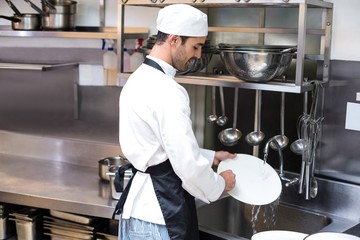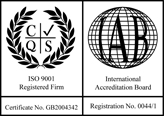
Commercial Dish Washers explained.
Selecting the correct Commercial Dish Washer
So, you’ve devised the perfect menu, your chefs are the greatest cooks in the UK, they can present to perfection, your guests are delighted with your food and service staff, then comes the most unpopular link in the chain of a commercial kitchen set up. Washing Up.
Washing by hand in a commercial environment will cost your business more in the long run. So we’ve highlighted the key differences in the types of dishwashers below. Selecting the corrct commercial dishwasher for your kitchen and size of business depends on a variety of criteria. However, all dishwashers offer other key benefits to your business, for instance,
Dishwashers wash and rinse at a higher temperature than the human hand can tolerate, leaving washed items more sterile.
Operational Efficiency. Hand washing is demanding on staff and more often than not, finished results are poor. More than one member of staff are needed when only one can handle a busy service on their own with a dish washer.
Labour costs are much higher without a dish washer. Don’t forget to factor in the extra cost of buying many tea towels and their laundry costs.
Dish washers reduce the risk of damage to your expensive crockery.
Environmental Health Officers (EHO’s) prefer to see at dishwasher in use rather than hand washing because of the higher temperatures
Commercial dish-washers self-dose both detergent and rinse additive accurately so consumable costs are easier to account for. The human hand will inevitably use more washing up liquid with every sink full, so this cost is much higher.
A commercial dishwasher offers several wash/rinse cycle times from 90 seconds to 3 minutes. The same capacity can never be washed by hand as fast as a dish washer.
Reduced risk of injury. How many times has a member of staff cut themselves on a hidden blade or sharp edge beneath the surface of a dirty sink full of water?
All dish washers use the same sized basket at 50x50cm.
All brands offer their dishwashers with an on board softener, particularly useful if you are in a hard water region. Manufacturers recommend a softener be fitted to all machines in all areas of the UK regardkless as this ensures optimum performance.



 A typical pass through dish washer – without the furniture.
A typical pass through dish washer – without the furniture. 

 B Grade brand new Electrolux Compact conveyor machine. Outstanding value for money compared to brand new.
B Grade brand new Electrolux Compact conveyor machine. Outstanding value for money compared to brand new. A Hobart conveyor machine with tailored feeder sink and outlet table using rollers.
A Hobart conveyor machine with tailored feeder sink and outlet table using rollers. 